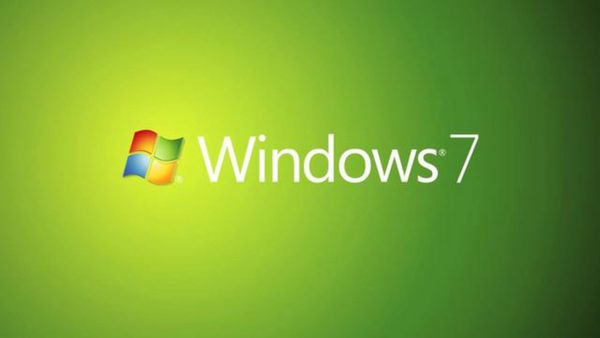I’m sure by now you’ve heard that Windows 7 and Windows Server 2008 and 2008 R2 are going end of life at the beginning of next year, but what is going to happen on January 14, 2020, when it finally does go end of life?
What is end of life?
First, we need to define what end of life is from an operating system perspective. It means that Microsoft will no longer be publishing updates to patch vulnerabilities and bugs that are discovered in the Windows 7/Server 2008 code. Every month since Windows 7/Server 2008 came out Microsoft published updates via Windows Update to make improvements, correct bugs, and patch security vulnerabilities. These updates will cease on January 14, 2020. Many who have been working with computers over the past decade will remember when Windows XP went end of life in April of 2014.
What will happen on January 14, 2020?
Truth be told, probably nothing will happen on that day. The primary concern will be what will happen after that day. With bugs and security vulnerabilities no longer being patched, it will only be a matter of time before an exploit is found and in the wild. These patches are critical to maintain the health and security of your workstations, laptops, and servers. Without regular patch updates, your infrastructure would be vulnerable to the next worm, virus, or ransomware attack could be on your computer. Also, companies that must follow HIPAA, SOX, and PCI should be aware that they will no longer be compliant with their respective requirements.
What do I need to do?
Are you using Windows 7, Server 2008, Server 2008 R2 now? Now is the time to replace your computers or servers or at least have a plan of action to replace them within the next few months. January will be here before you know it. Don’t wait until the last minute as there will likely be shortages of stock and a backlog on labor to replace existing workstations, laptops, and servers.
If you have any questions about the upcoming end of life of Windows 7, Windows Server 2008, or Windows Server 2008 R2, call your on-demand IT partner, SandStorm IT, at (901) 475-0275.

